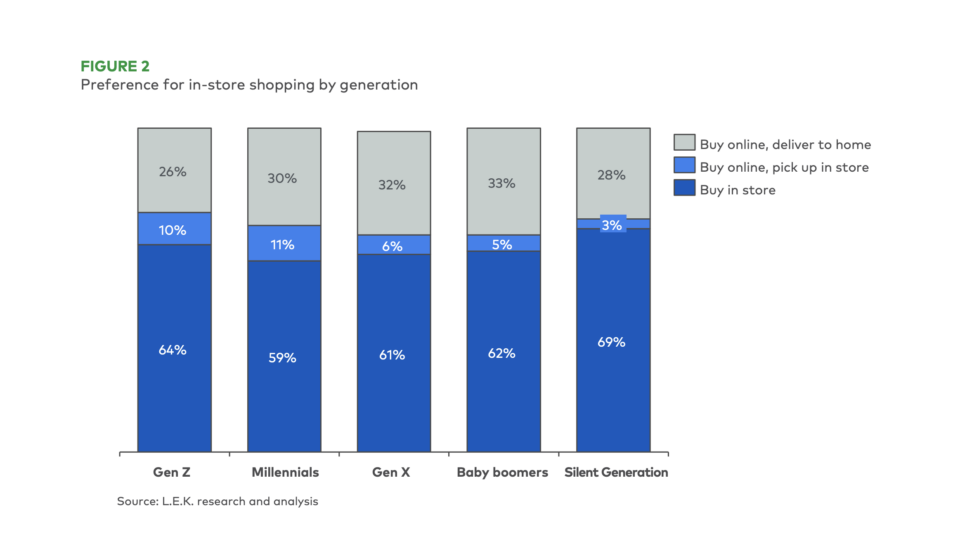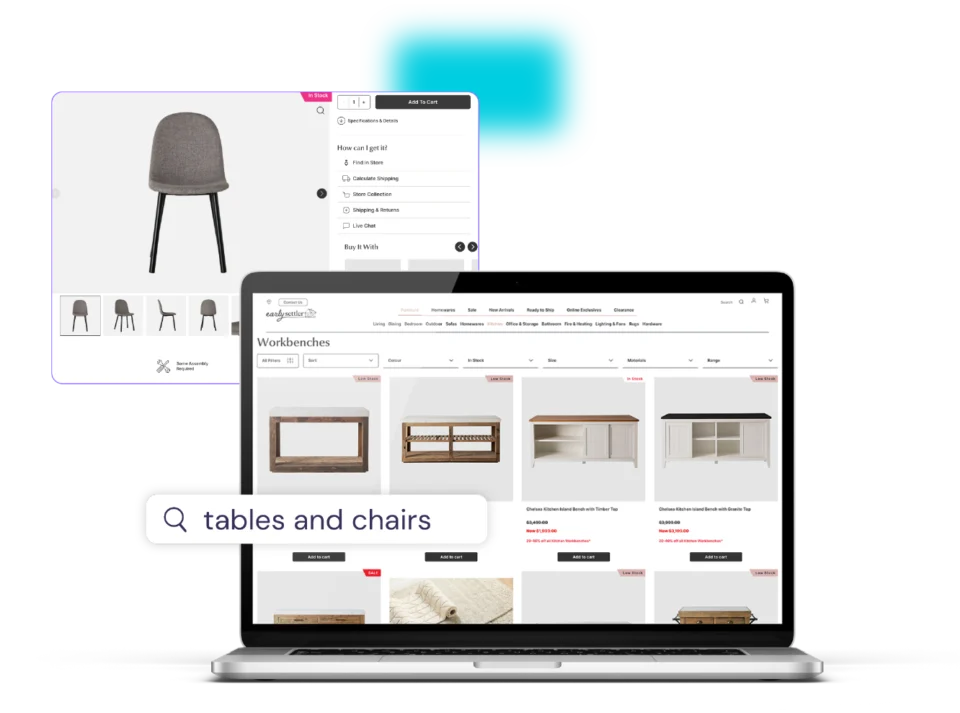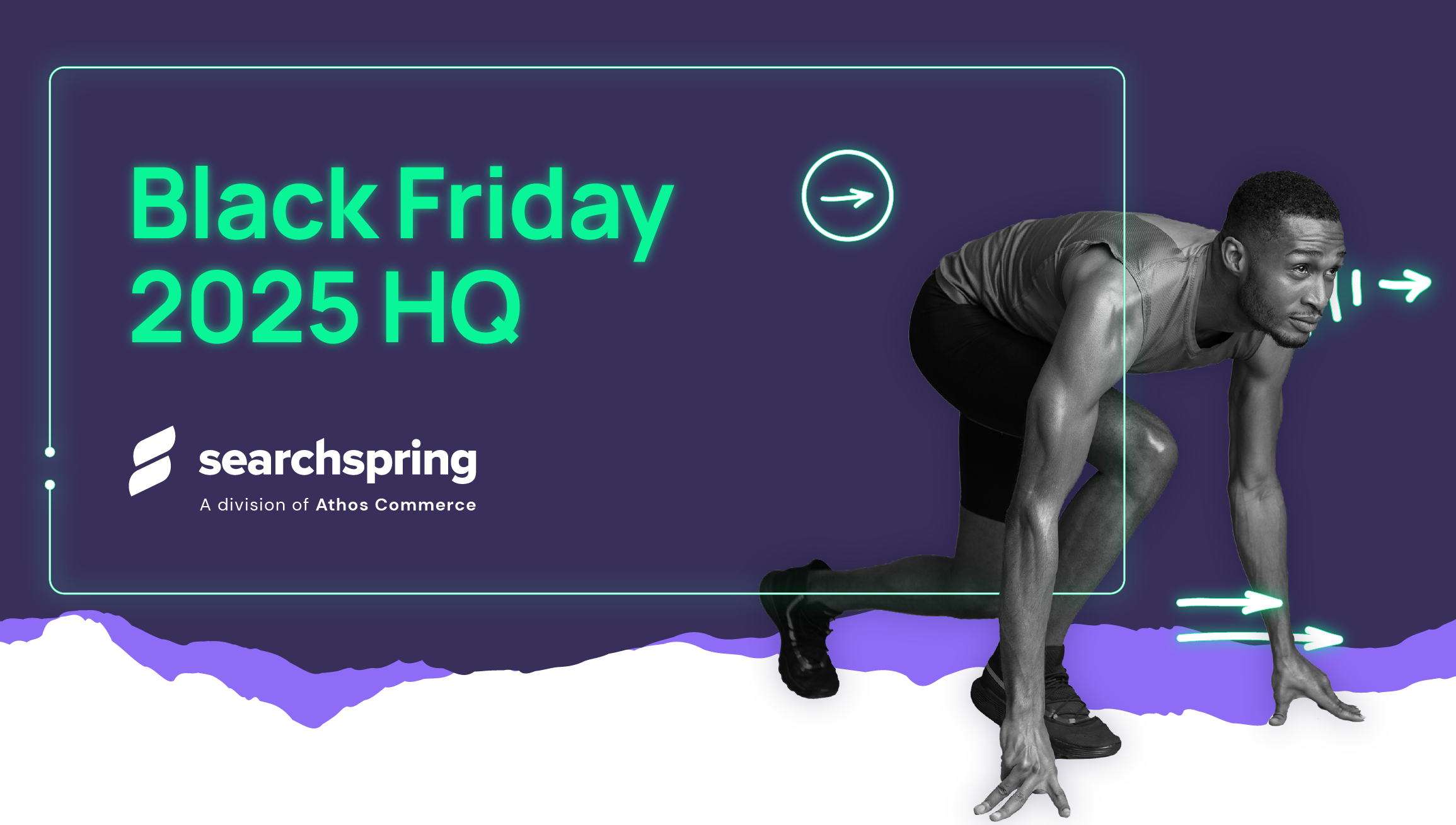The market for stylish home living spaces is booming. Grand View Research shows that in the U.S., the home and decor market size hit $237.9 billion in 2024 and is expected to reach US$392.6 billion by 2030. This increase highlights an impressive compound annual growth rate (CAGR) of 8.9% from 2025 to 2030.
The U.K. is expected to see even faster growth of 10.6% CAGR, from US$53.7 billion revenue in 2024 to US$97.2 billion by 2030. Australia, though smaller in relative revenue, is tipped to see a massive 12.7% CAGR, from US$8.7 billion in 2024 to US$17.7 billion by 2030!
What’s driving this considerable growth in the industry? Inflation that has declined from lofty post-pandemic heights and stabilizing interest rates have a positive impact. Combined with jobs and wage growth, consumers may feel more secure in investing in their living spaces.
At the same time, home and decor retailers face evolving challenges. Tariffs and potential trade wars create uncertainty—especially in an industry reliant on imported materials and finished products. These tensions disrupt supply chains, impacting profitability and competitiveness.
Fortune Business Insights also cites growing consumer preferences toward home products made of eco-friendly, recycled/upcycled materials, and sustainable production processes, which may present additional challenges for retailers.
However, there is much opportunity for home and decor retailers right now. By connecting shoppers with the right products, off-site and on-site, retailers can significantly increase conversion, average order value (AOV), and long-term customer loyalty.
Furnishing Your Shoppers’ Dreams
Many home and decor retailers focus heavily on what happens once shoppers reach their sites. However, the journey starts long before that. Home and decor purchases aren’t just impulse retail buys. They often revolve around planned projects or carefully coordinated additions where every detail matters.
Data from Searchmetrics reflects these buyer perspectives, showing that the Furniture category attracts the highest frequency of transactional search queries. Nearly two-thirds of Google searches for these items are focused on deals, pricing, and other terms that display purchase-ready intent. As many shoppers already have products in mind, it’s vital to connect them with the most relevant results for their product searches—before they’ve even arrived at your site. How?
Ensure products are visible on search engine results pages (SERPs), Google Shopping, and social shopping networks such as Meta and that they have enticing Google Shopping listings with complete, relevant information.
What happens off-site can have a huge impact on attracting your ideal customers to your website. The challenge for home and decor retailers is keeping product feeds (the data that feeds into Google Shopping, social media, and marketplace listings) optimized for conversion.
Fortunately, technology is now doing much of the heavy lifting in attracting and converting those Google searchers and social scrollers into website browsers. Intelligent Reach—a division of Athos Commerce is one tool that uses advanced A/B and multivariate testing and automated product feed updates to ensure shoppers who see your listings are enticed to furnish their dreams with your products and click through to your site.
Making Your Online Store the First Destination for Shoppers
Shoppers are increasingly showing their preference for online shopping, particularly among younger generations. A report by L.E.K. Consulting reveals that 41% of Millennials prefer to buy online and either have their items delivered or picked up in-store. That’s closely followed by 38% of Gen X who say the same, and 36% of Gen Z.

The first stop in a shopper’s journey often determines whether they become customers. So, it’s crucial to make your online store their trusted destination.
(Former) Head of Digital & Ecommerce at Early Settler Dean Boudewyns notes, “We did the research and found that 9 out of 10 customers were starting their shopping journey on the website before they even visited a store. How those customers were discovering products online was pivotal to the way digital, in-store, and omnichannel experiences could all work together.”
To consistently make your ecommerce store the first destination for shoppers, consider how your on-site search affects the overall online shopping experience. Are your customers finding what they need or becoming frustrated by an endless loop of irrelevant items?
Ecommerce technology again holds the answers to helping shoppers find exactly what they want faster, promoting the items you want shoppers to see, and keeping your customers discovering more items they’re sure to love.
The intelligent on-site search technology offered by Searchspring, an Athos Company, analyzes shopper behavior and understands their intent to consistently provide the most relevant results. Natural language processing (NLP) also comes into the mix to allow shoppers to search in conversational language, like “I need waterproof cushions for a floral summer outdoor setting.”
The insights retailers can gain from on-site search data also hold valuable opportunities. Dean Boudewyns says, “I think when we first started, we had maybe five or six product filters on the site. Most of it was just around product type category, stock availability, stuff like that. By using Searchspring’s Search Insights reports, we’ve been able to pull data on things like patterns, shapes, extensions of colors, and material combinations.”
As a result, Early Settler has extended its search filters to match customers’ needs. This data-backed decision has had a significant impact on helping high-intent shoppers find what they need and convert.
Get Personal with Shoppers’ Home and Decor Needs
Finding the perfect item is just the beginning. The right recommendations can turn one purchase into a full room refresh. Searchspring’s personalized product recommendations are like an in-store assistant who knows your shopper’s interests and tastes and can offer the right advice at the right time.
Personalized recommendations understand a shopper’s browsing habits and purchase behaviors. They then suggest related, complementary, or even inspirational items your customer may not have even thought of yet. For example, picture your shopper on a product display page (PDP) for a table runner. Do they want to see more suggestions for table runners? Or do they really want to see color-contrasting plates, beautiful candelabras, and similarly styled wine glasses to complete their home dining dream?
The heart of effective personalization lies in knowing what shoppers want and opening up new paths to product discovery that let them fall in love with even more of what you have to offer.

Curating Inspirational Impressions
The home and decor industry is thriving, but success isn’t just about having the right products—it’s about creating an intuitive and inspiring shopping experience. As consumer expectations evolve, retailers who embrace innovative ecommerce solutions will stand out, making their online stores the first stop for shoppers looking to transform their spaces.
The right technology makes the difference, from intelligent search that helps customers find their perfect match to personalized recommendations that complete their vision. With tools like Searchspring and Intelligent Reach, retailers can ensure every shopper’s journey feels as personally curated as their dream home.
However, the question remains: is your ecommerce store ready to transform the experience and your shoppers’ homes?
Gain more insights from the complete Early Settler case study, or book your no-obligation demo of Searchspring now.




